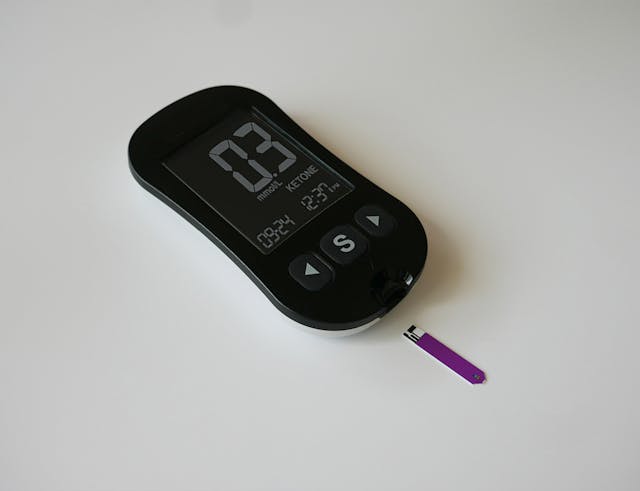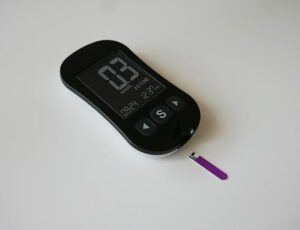GKI (Glucose Ketone Index) is a metabolic health indicator that measures the ratio of glucose to ketones in the blood. It is commonly used in ketogenic diets and medical research to track ketosis levels and insulin sensitivity. On the other hand, DBR (Data Brick Runtime) is a cloud-based computing environment used in data engineering and analytics, primarily within Databricks, for handling big data processing.
2. Key Differences Between GKI and DBR
- Purpose: GKI relates to health and metabolism, while DBR is for cloud-based data analytics.
- Usage: GKI is used in medical and fitness communities; DBR is used in big data and AI applications.
- Measurement: GKI is calculated using blood glucose and ketone levels, whereas DBR is a software environment.
3. Which One Matters to You?
If you’re focused on health and metabolic tracking, GKI is relevant. If you’re working with data science and cloud computing, DBR is the tool you need. Their functions are entirely unrelated, so the relevance depends on your field of interest.
Conclusion
GKI and DBR serve different industries. One is a health metric, and the other is a data processing environment. Knowing their differences helps you determine which one is applicable to your needs.




